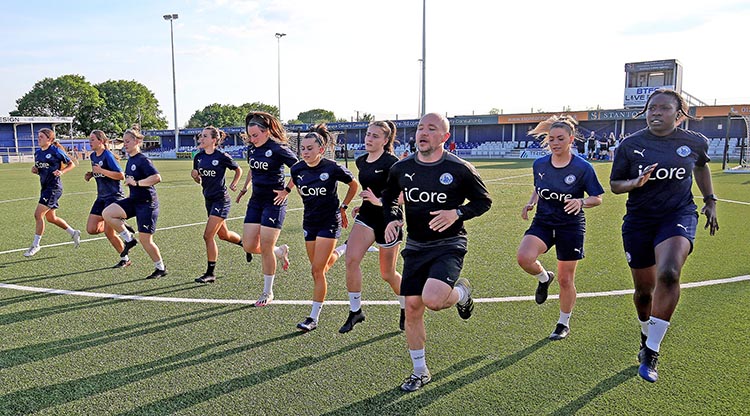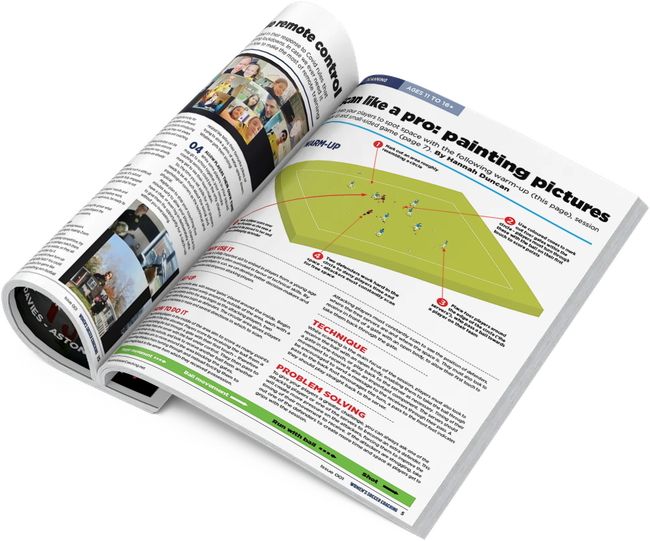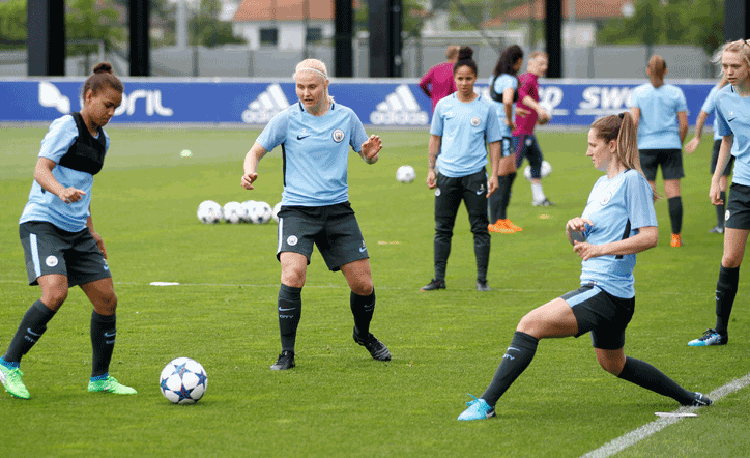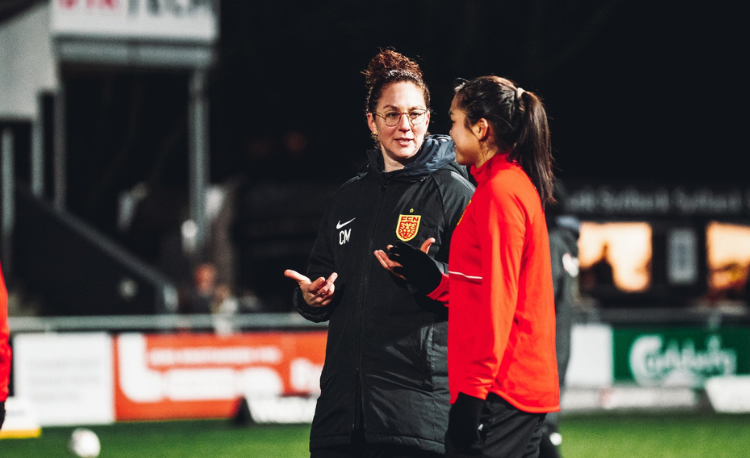You are viewing
1 of your 3 free articles
Four pre-season tips for grassroots coaches
Wondering how to create a programme to boost fitness before the new season? Dawn Scott, England’s physical performance manager, provides some advice
At grassroots level, clubs survive on volunteers. And it is around this time of year when hands go up to take on jobs.
You may be reading this magazine having just decided to make your first foray into coaching, perhaps a parent who is helping out your daughter’s team.
Before the cut and thrust of competition can begin, though, the first task is getting players fit again after their down time, building up their stamina and guarding against injury.
But where do you start in preparing a pre- season programme? We went straight to the top for advice - England Women’s physical performance manager, and former USA high- performance coach, Dawn Scott...
01. BREAK IT DOWN INTO CHUNKS
DS: "First and foremost, how long is your pre-season period? I would look at that first and then start breaking it down into chunks, in terms of what you want to focus on in the different weeks or phases of your pre-season.
"Start with a return-to-training phase, then build in your endurance and strength work. As you get closer to the season, make the endurance more interval-based, shift your strength work to more power, and then obviously get more game-type play in."
02. BUILD UP THE INTENSITY
DS: "What is the starting point of the players’ fitness levels? Are they in a full-time club environment or are they training remotely or on their own quite a bit?
"The first consideration is how long they have had off. You then look at that return-to- training phase – some of that might be just starting with some basic body strength work and some low-intensity jogging. You might also look at players doing some non-impact sports, like swimming or cycling. Then I’d just start building it up.
"Obviously in football, you’re not just jogging on the pitch at one pace – you do a high-intensity burst, then you recover and you go again. So a focus should be on more interval-based work.
"You might have done fitness tests, looked at a player’s maximum aerobic speed and planned some intervals based off of that. You then build in the speed element as you get closer to the season, as well as shifting to more practice, small-sided games and bigger-sized areas. Your strength work will also become more power based as you get closer to the season, so there is a real shift in intensity.
"Initially, it’s high volume, then as you move more into pre-season, it’s lower volume, higher intensity, and then as you get closer to the start of the season, just fine-tuning with some real intense work."
03. MAKE THE MOST OF TECHNOLOGY
DS: "If you only see your players once or twice a week, give them programs to do at home and do remote webinar sessions on Zoom or Microsoft Teams. I know some clubs were doing that when they couldn’t train face-to-face.
"There are apps you can use for strength and conditioning and programming monitoring. TeamBuildr is a really good app for planning strength and conditioning and, within that, you can also monitor players in terms of wellness.
"Nothing is impossible anymore. Even though it has been hard globally the last 18 months, I think it has also taught us that there is so much we can do remotely and you can connect with people around the world. It’s a case of looking at all those things and putting that all together."
04. NO SUPPORT STAFF? KEEP IT SIMPLE
DS: "Sleep and nutrition are probably the most simple, basic and accessible forms of recovery – so, for me, it’s important to get those two right first.
"Buy a tennis ball so you can do some kind of foam roller-style trigger-point work. Do the basics right and then look for fancy tools after that.
"Ice baths are dependent on when you use them. Some research shows that if it’s after strength work, it could dampen the response. Also, at times in pre-season, not doing ice baths forces the body to recover on its own. During the season, when you are playing matches, it’s much better doing the ice bath.
"The priority though is nutrition, hydration and sleep. Take care of those and then add in all the other bits."
Related Files
Newsletter Sign Up
Newsletter Sign Up
Discover the simple way to become a more effective, more successful soccer coach
In a recent survey 89% of subscribers said Women's Soccer Coaching makes them more confident, 91% said Women's Soccer Coaching makes them a more effective coach and 93% said Women's Soccer Coaching makes them more inspired.
*includes 3 coaching manuals
Get Inspired
All the latest techniques and approaches
Women's Soccer Coaching offers proven and easy to use soccer drills, coaching sessions, practice plans, small-sided games, warm-ups, training tips and advice.
We've been at the cutting edge of soccer coaching since we launched Soccer Coach Weekly in 2007, creating resources for the grassroots youth coach, following best practice from around the world and insights from the professional game.







